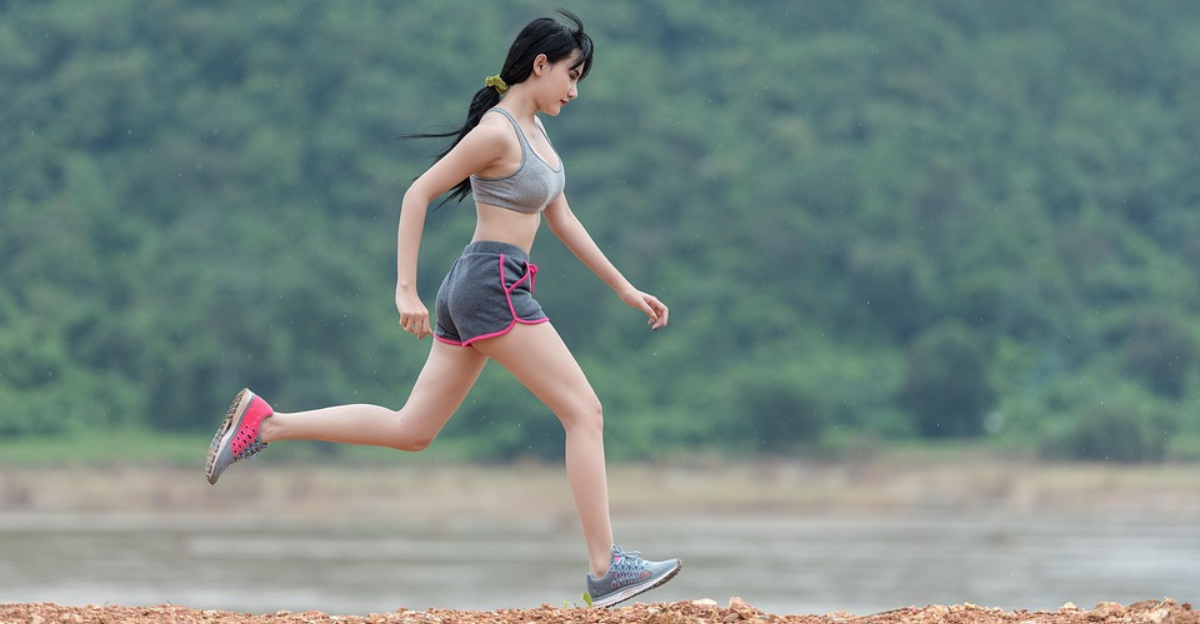
You might feel better, have more energy, and live longer if you do these simple “biohacking” ideas. The idea behind it is to change your routine and use top-notch research to make your body and mind better. Here we’ve listed 19 tried-and-true “biohacks” that can help you be as healthy and productive as possible.
1. Get Your Sleep Game Right

Here’s how it works: Getting enough sunlight in the morning and avoiding caffeine mid-afternoon will give you a good sleep, which heals your body and improves your brain activity.
Here’s what to do: Take some time outside in the morning, stop drinking coffee after 3 p.m., and lessen screen time 2 hours before sleeping.
2. Fix Your Body Clock

Here’s how it works: Morning sunlight resets your internal clock, while blue light filters and dimmed-down lights help your body naturally produce the sleep hormone.
Here’s what to do: Get some fresh air in the morning, and then, before going to bed, set your devices into blue-light filter mode while dimming down the room lights.
3. Try Quick Daily Meditation
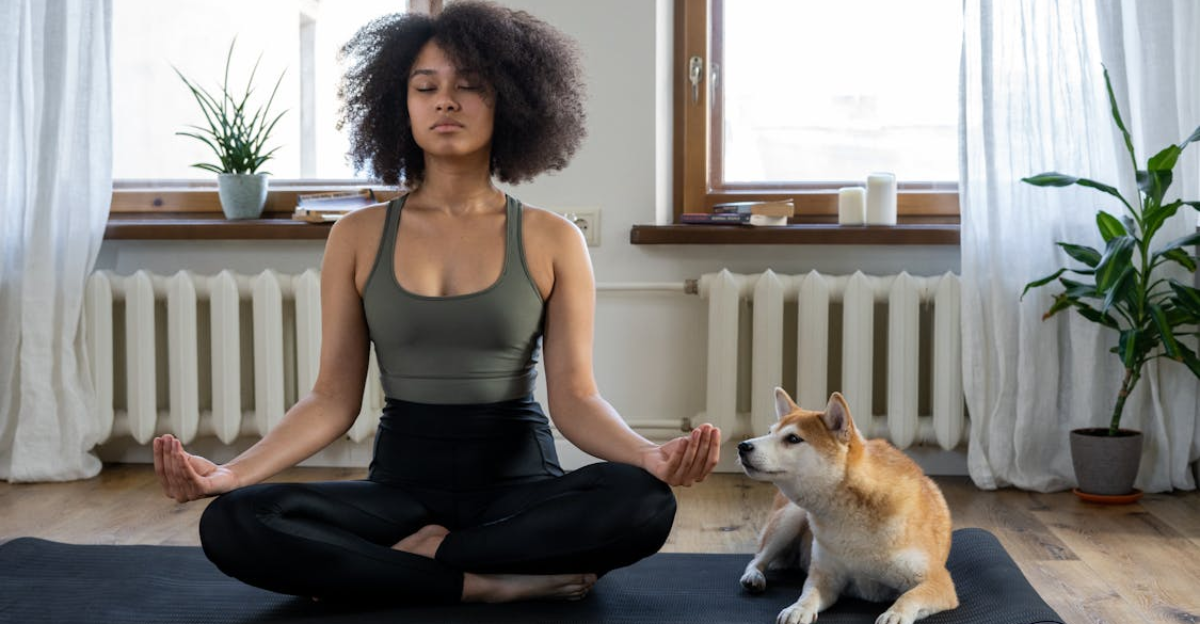
Here’s how it works: Meditation helps by sharpening your memory, helps you to handle your emotions better, and even lowers your stress.
Here’s what to do: Do some easy breathing exercises or get mindfulness apps for your phone to start. Do these for five minutes every day.
4. Start Lifting (Even Light Weights)
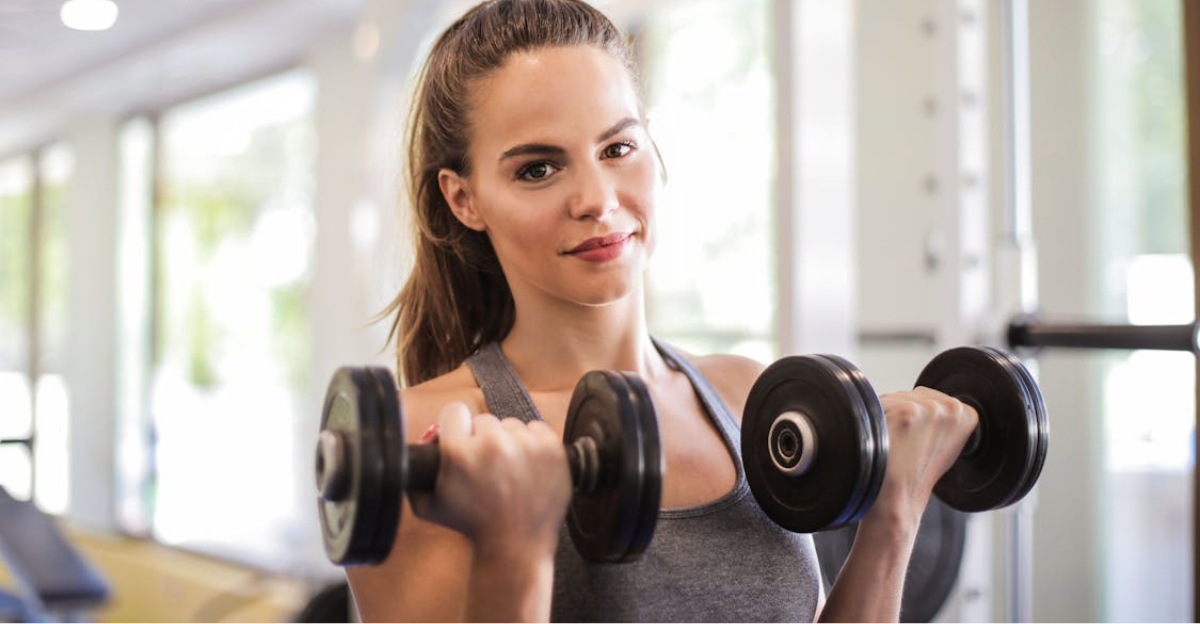
Here’s how it works: Lifting weights regularly can help the bones and muscles get tougher, keep normal sugar levels, and manage 100% metabolism.
Here’s what to do: Use lighter weights, resistance bands, and even your body weight, and then try different kinds of exercises targeting all parts of the body.
5. Add Some Easy Cardio
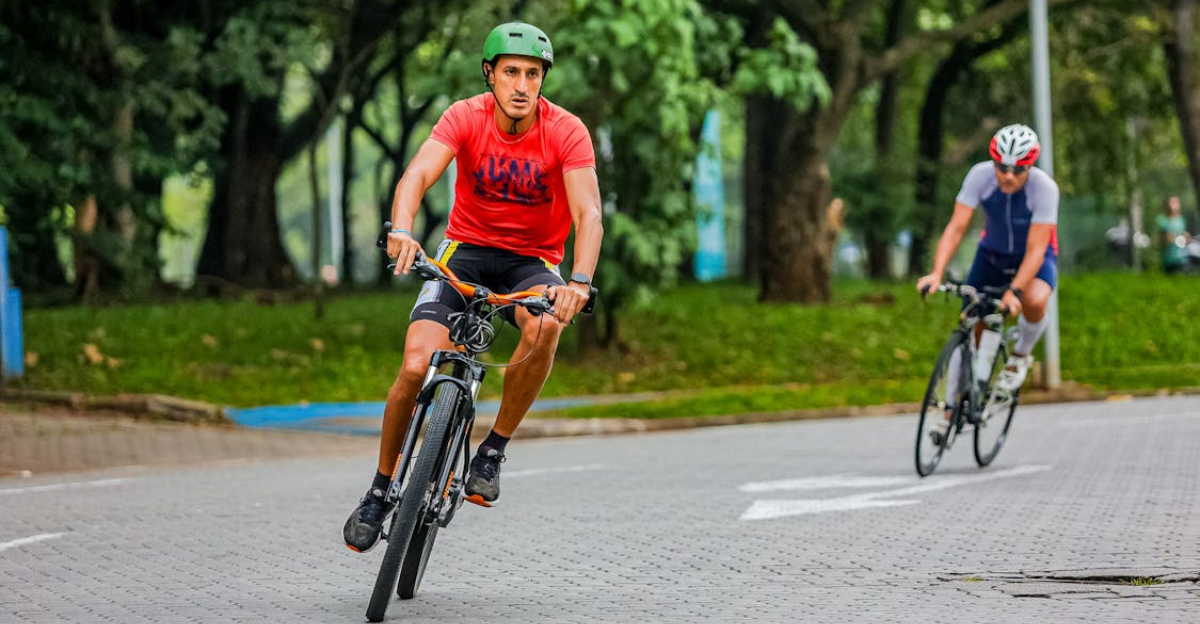
Here’s how it works: Brisk walking, cycling, and swimming are examples of Zone 2 training (using fat and oxygen as energy sources, as opposed to carbs) that will make your heart stronger and improve the way your cells make energy.
Here’s what to do: Try them for 150 minutes weekly, divided into 20- to 30-minute parts of your best schedule.
6. Sweat It Out in Heat

Here’s how it works: When you create a habit of doing saunas, your entire body will get stronger because of the heat.
Here’s what to do: Once inside, stay for 10 minutes, then slowly turn up the heat or sit for a bit.
7. Embrace the Cold Shock
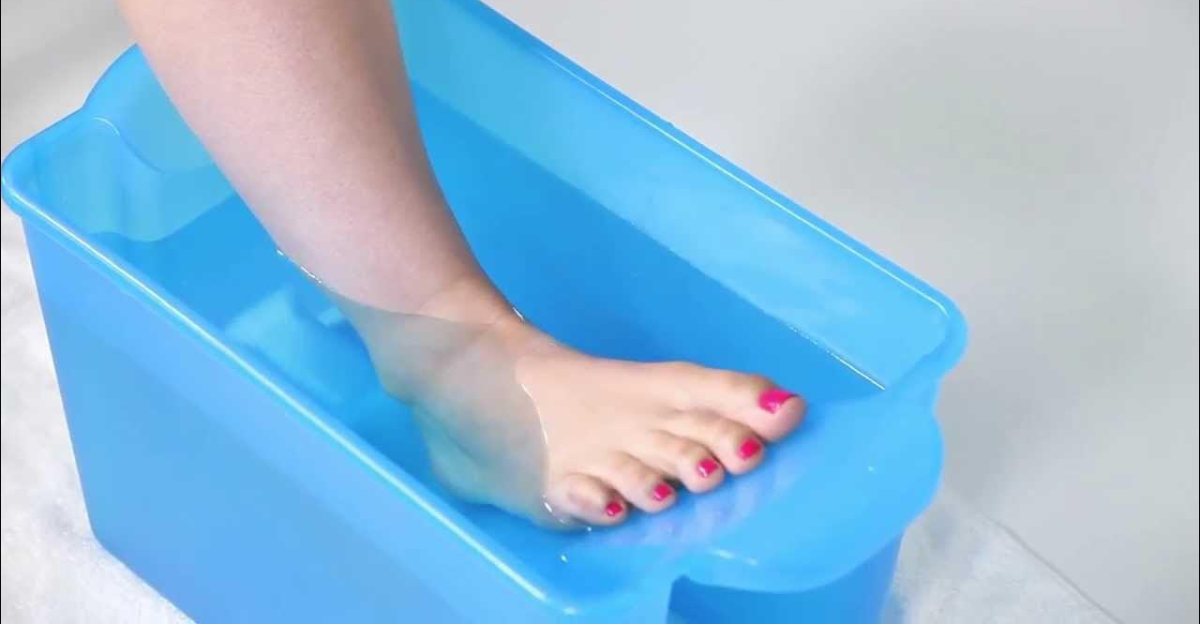
Here’s how it works: Cold water allows blood flow better, produces chemicals that make you feel good, and even helps with swelling.
Here’s what to do: Pour it on your feet first, then your legs, and finally your head. Don’t start with your head, because a sudden temperature drop could give you a headache.
8. Get Regular Bodywork
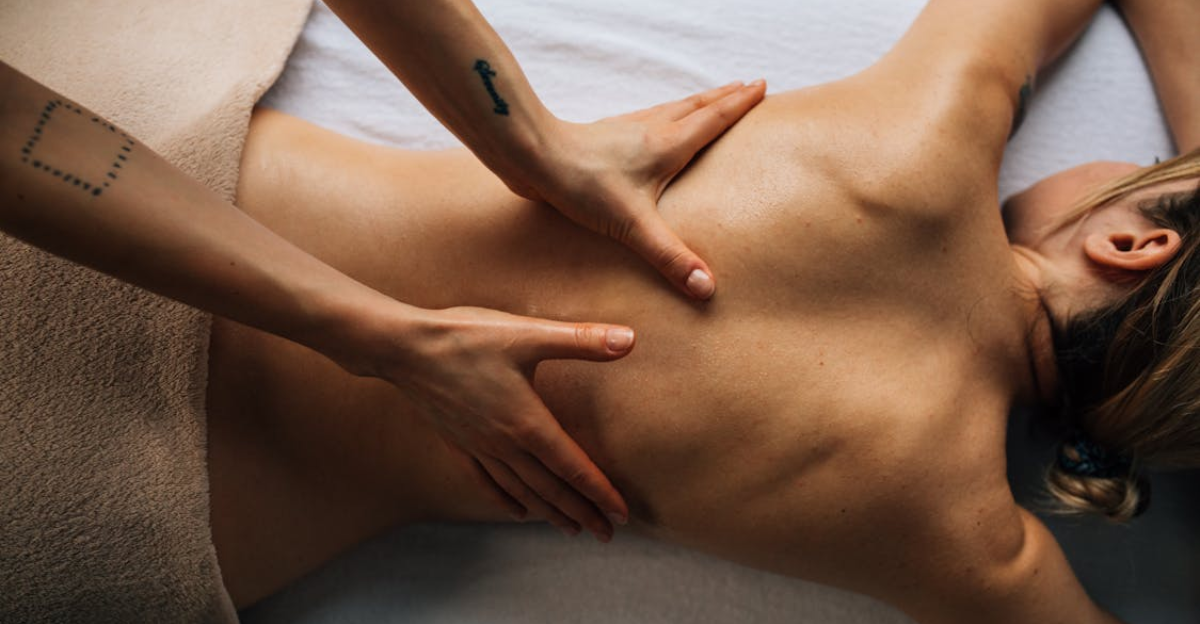
Here’s how it works: Massaging your body relaxes your muscles, increases blood flow, and lowers stress hormones, putting it in its relaxed mode.
Here’s what to do: Look at different types of massage (deep tissue, Swedish) and see what works for you. At home, you can also massage yourself with foam rollers.
9. Try Fasting

Here’s how it works: That 16:8 fasting method everybody talks about (eating during certain times, 8 hours a day) might be good for your metabolism.
Here’s what to do: Talk to your doctor about what type of fasting will work for your body since it’s not a “one-size-fits-all.”
10. Feed Your Gut Bugs

Here’s how it works: Your gut is your second most important organ to maintain your immune system, your mood, and your brain activity.
Here’s what to do: You can eat fermented foods like kimchi and sauerkraut, as well as fiber-rich veggies and probiotic products, to help your body digest food better.
11. Supplement Smart
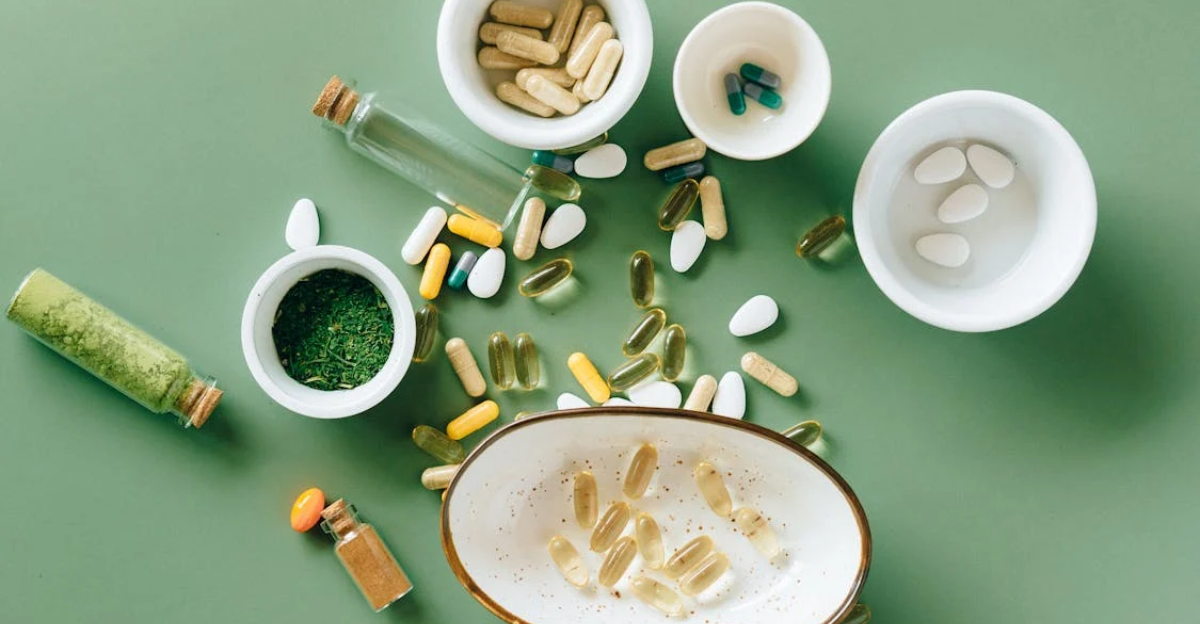
Here’s how it works: In some cases, omega-3s, magnesium, vitamin D, or herbs are very helpful in managing stress.
Here’s what to do: Before getting fancy or anything, start with the basics that most people have, or consult your doctor first.
12. Track Your Numbers
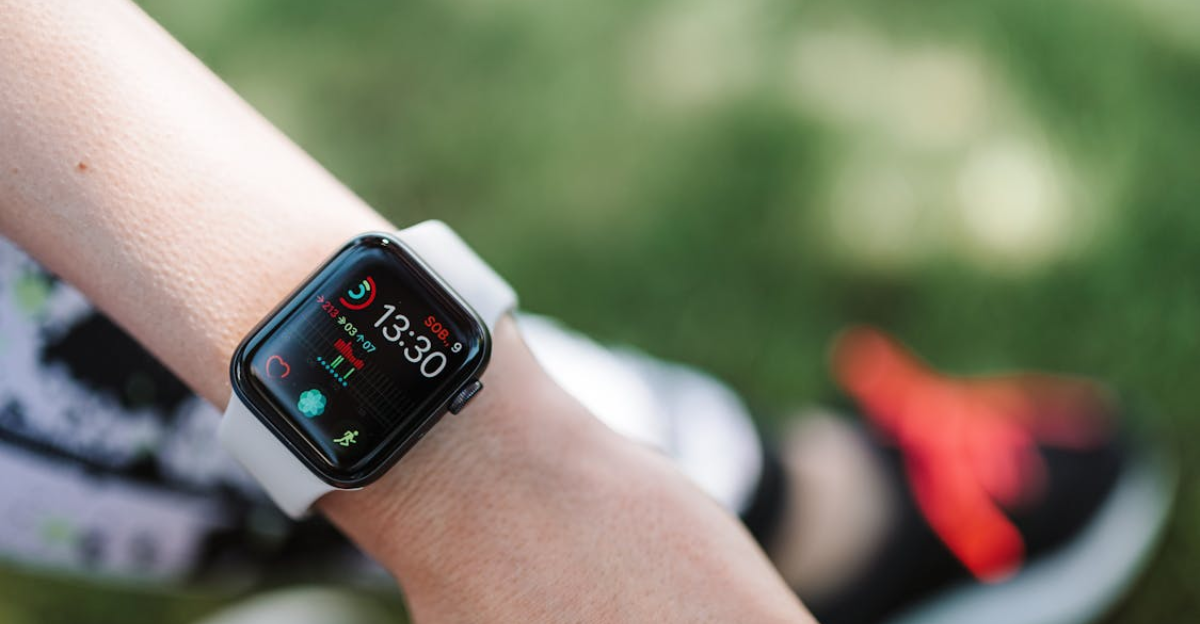
Here’s how it works: Your wearable tech, like smartwatches, can show your stress levels, sleeping patterns, and even changes in your heart and oxygen rate.
Here’s what to do: Use them as a guide, but don’t become too focused on the numbers.
13. Check Your Blood Work
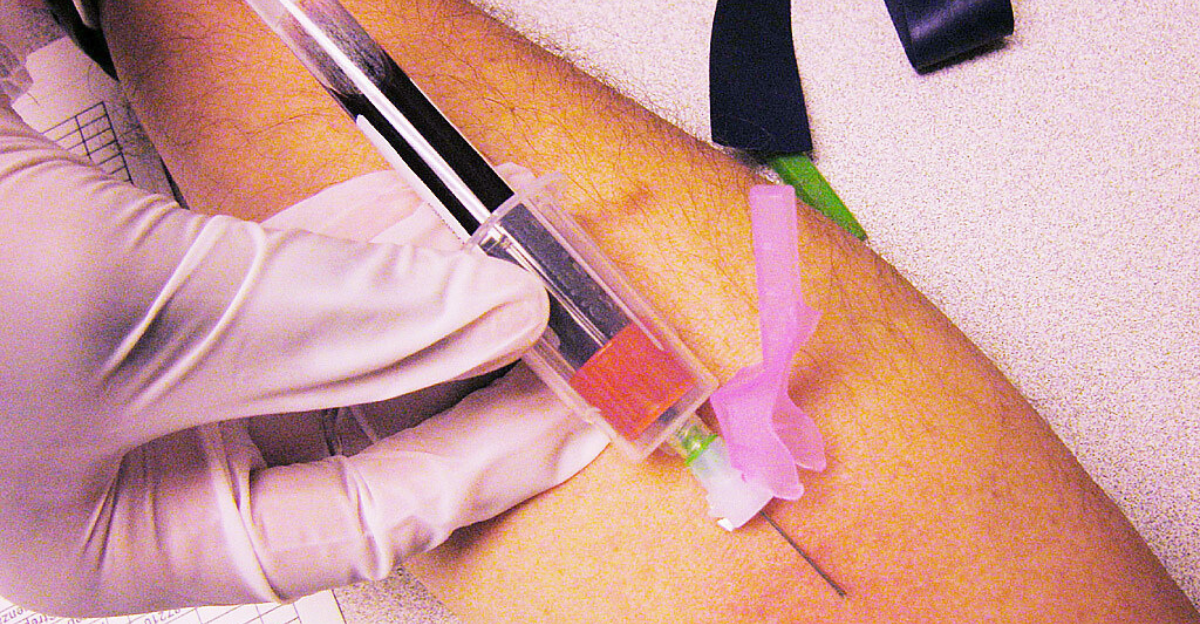
Here’s how it works: Visiting the laboratory for your regular blood check keeps an eye on important things like your hormones and nutrient levels.
Here’s what to do: Do a lab test once or twice a year, depending on your health. Don’t forget to ask your doctor to interpret the results.
14. Consider DNA Testing
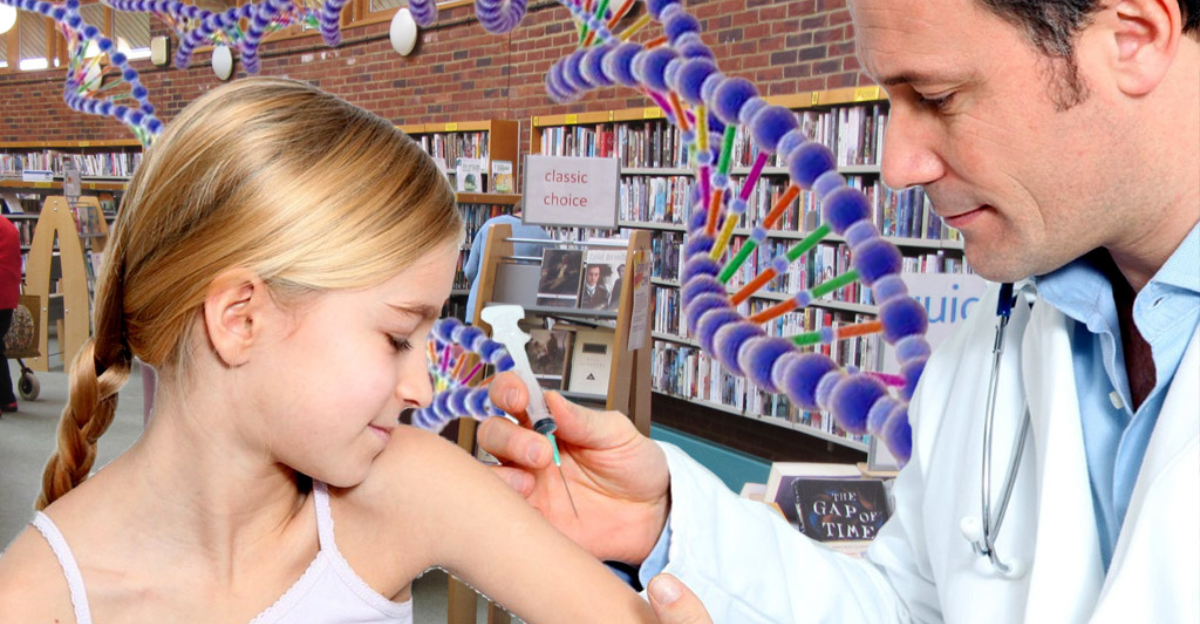
Here’s how it works: DNA analysis can show you how your body takes nutrients and its reactions to various exercise and diet plans.
Here’s what to do: DNA testing can be done once or twice a year, as well as blood tests, but don’t get too invested in it, because environment and lifestyle choices often have a much bigger impact than your genes.
15. Try Light Therapy
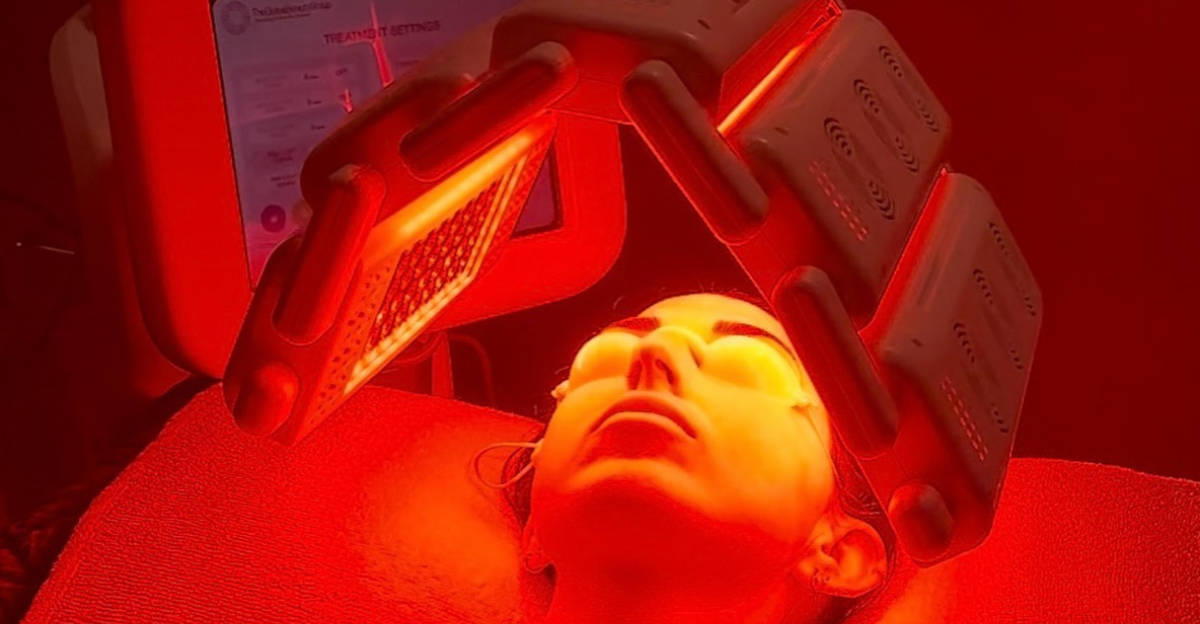
Here’s how it works: Devices that let off red light might help cells work better, keep your skin healthy, and repair muscles, but more research is needed.
Here’s what to do: You can look for devices that use the right wavelengths, then have enough power and protect your eyes.
16. Use Recovery Gadgets
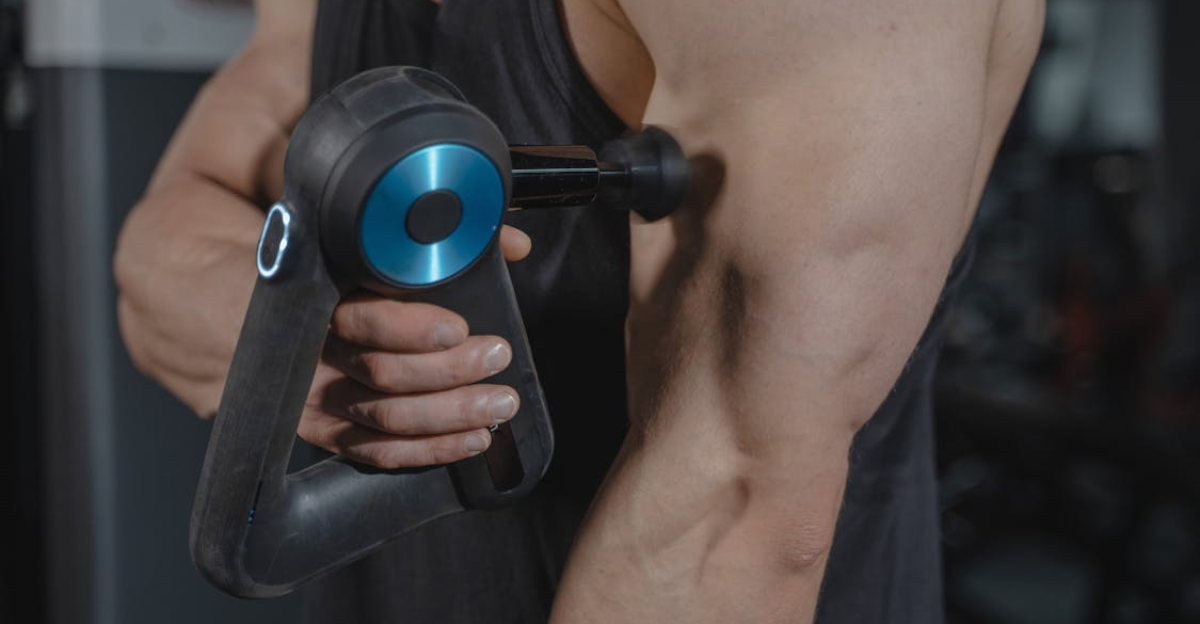
Here’s how it works: TENS devices and related gear may aid in muscle healing and pain management by zapping neural pathways.
Here’s what to do: If you can, use them to relieve your daily aches and pains. Massage guns, compression treatment, and even vibration platforms are other methods you can look into.
17. Try Natural Brain Boosters
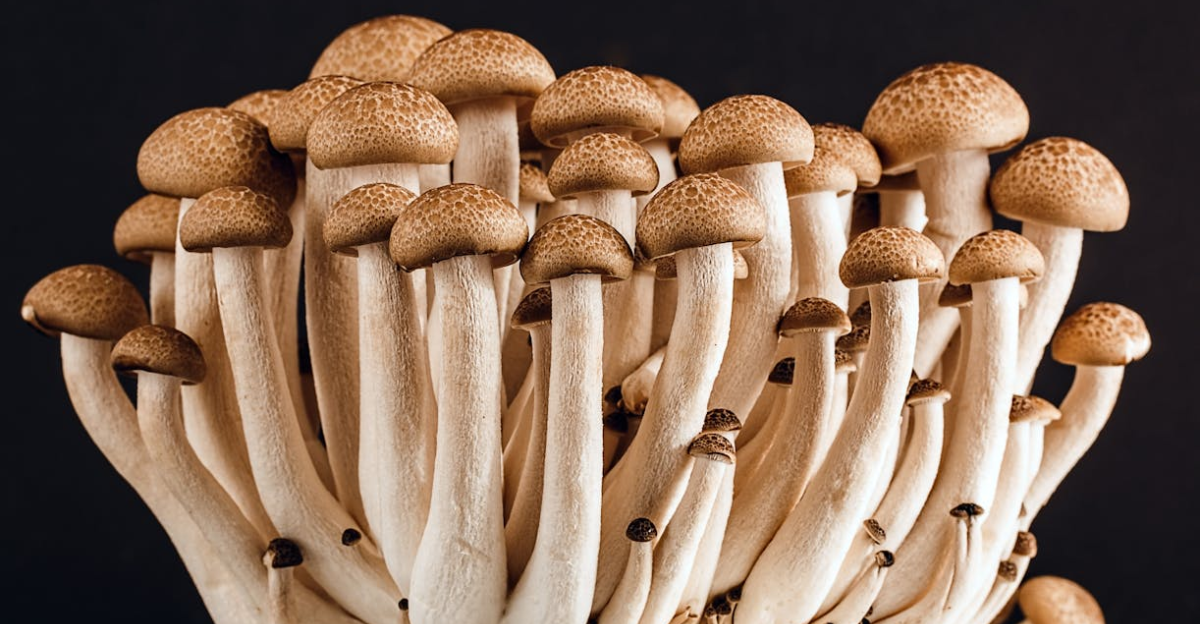
Here’s how it works: Natural chemicals in lion’s mane mushroom, rhodiola, and bacopa can help some people clear their minds and deal with stress.
Here’s how to do it: Before you try everything, you can start with just one ingredient to see what works best for you.
18. Medical Route Options
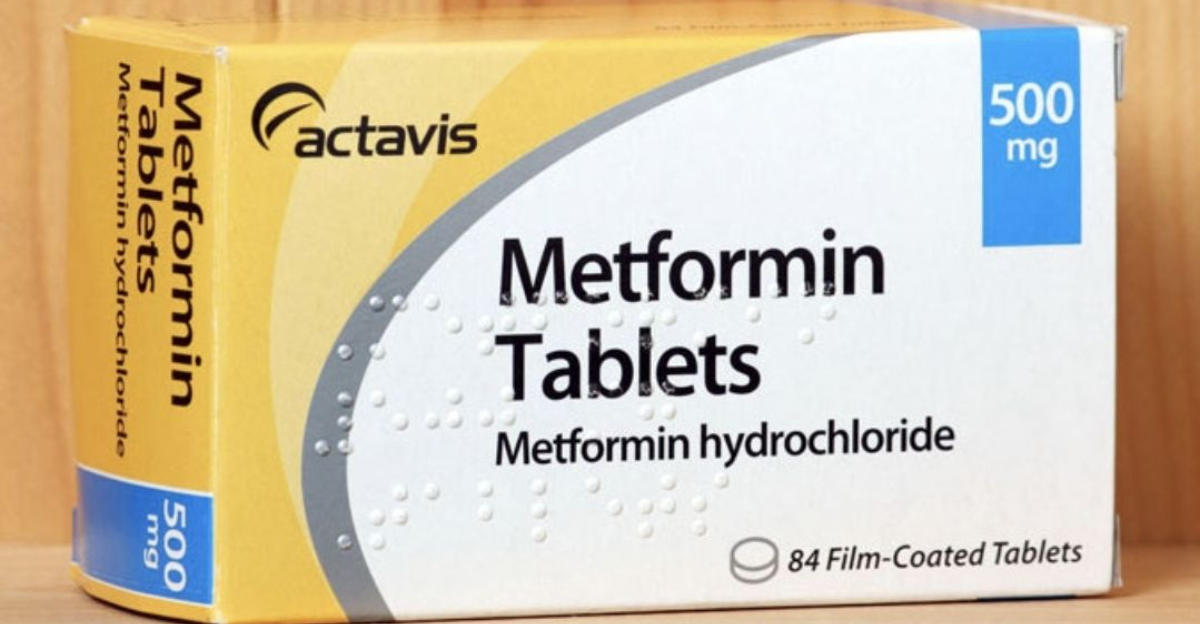
Here’s how it works: Some people try meds like metformin for weight loss or hormone replacement for changes that come with getting older, but only under a doctor’s care.
Here’s what to do: Check what works for you with the help of a healthcare provider.
19. Get Grounded
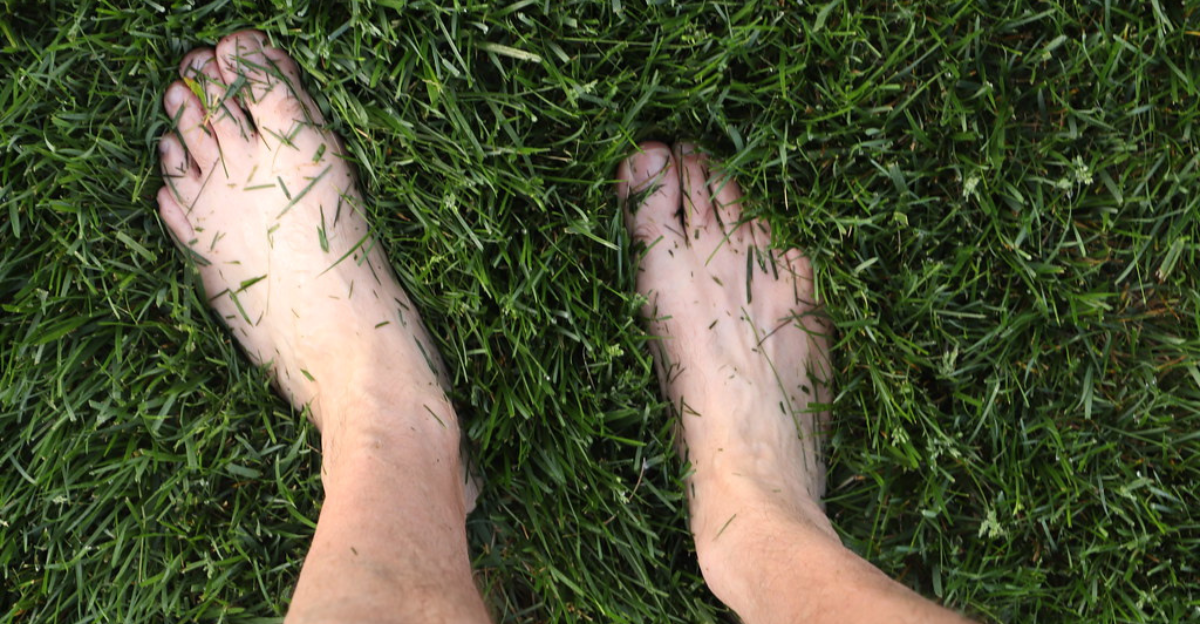
Here’s how it works: Walking barefoot on grass, sand, or dirt helps keep your energy levels in check, though there isn’t much credible scientific evidence to support this yet.
Here’s what to do: There’s no harm in doing this, because going outside to connect with nature can improve your body anyways.